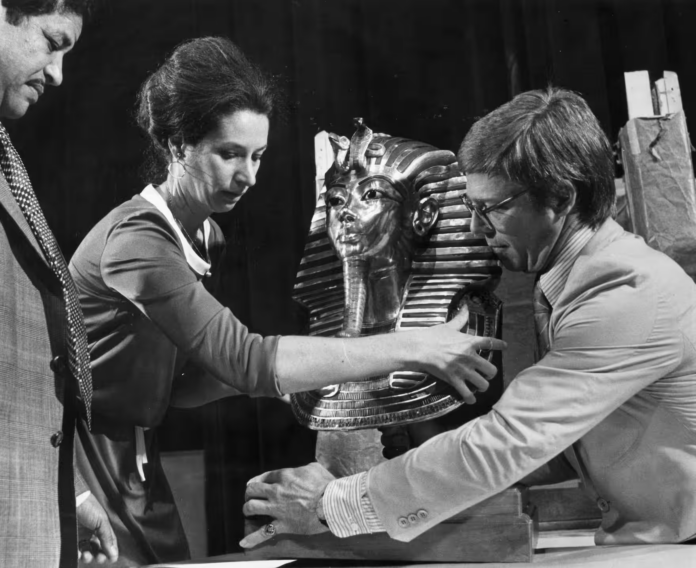Article Excerpt
Even so, most museums also insist that art on loan travels at all times with a courier, ideally a conservator. This is known as “nail to nail”: one person stays with one work from the moment it is taken down in Room 38A of the V&A to the moment it goes on to the wall in a museum in Shanghai 5,700 miles away. Unless physically impossible, they need to stick with the artefact – or at least the crate it is travelling in – every step of the way.
The registrar recalled one courier who watched his crate go on, signed the paperwork – and then missed the flight. “He called me from the departure lounge, saying that the work he was meant to be couriering had just taken off. I was like: ‘You had one fucking job … ’” (In 2010, a courier lost a portrait by the 19th-century French artist Corot worth some £850,000 while drunk in a New York hotel bar. It turned up a few weeks later.)
Analysis
Two things caught my eye about this article. The first one is the importance in continuity in the watch of the painting. It’s kind of ridiculous how easy it sounds for a painting, or a sculpture to be lost. Not because someone is aware of its value and stole, but simply in the same sense that a piece of luggage could go missing at luggage claim at an airport. It seems that the game of telephone, transferring the piece between different groups, is not played. At least one individual can confirm every step of the artwork’s journey, because they were alongside it. I find it interesting that this process is almost taken more seriously than transporting actual injured people, where patients are bounced between locations with no one to confirm continuity. It reminds me of calling a support agency for your broken down car, but the help keeps transferring you on the phone to another part of the company.




